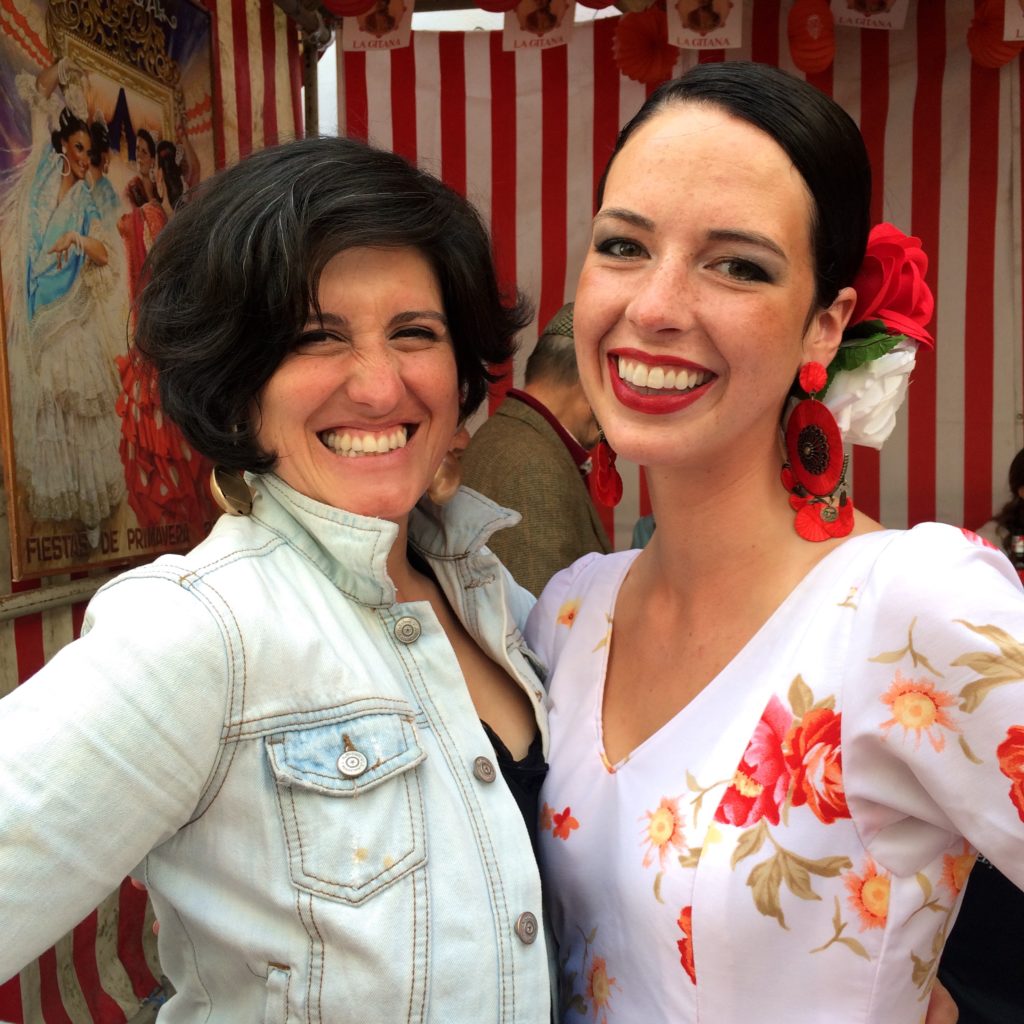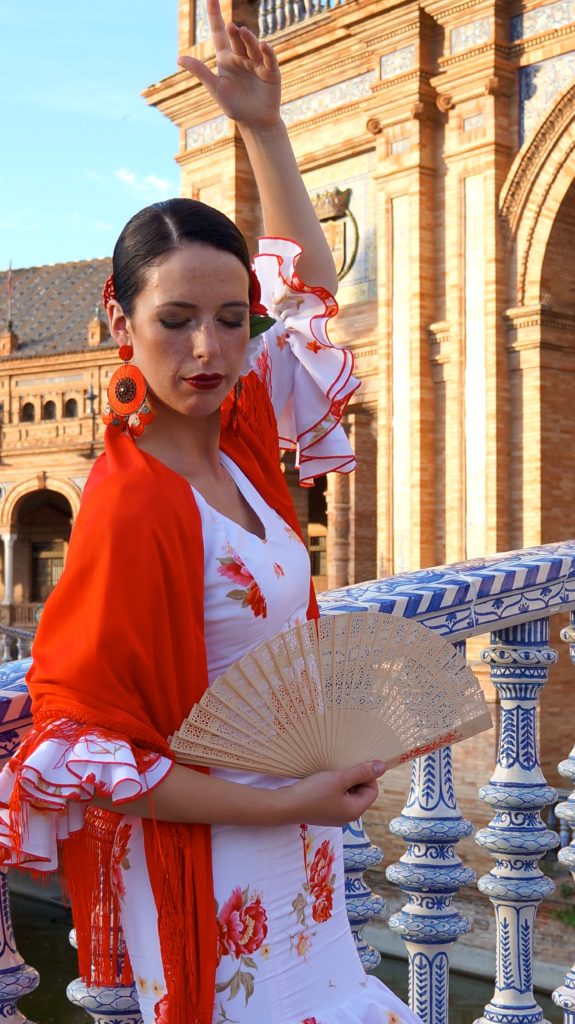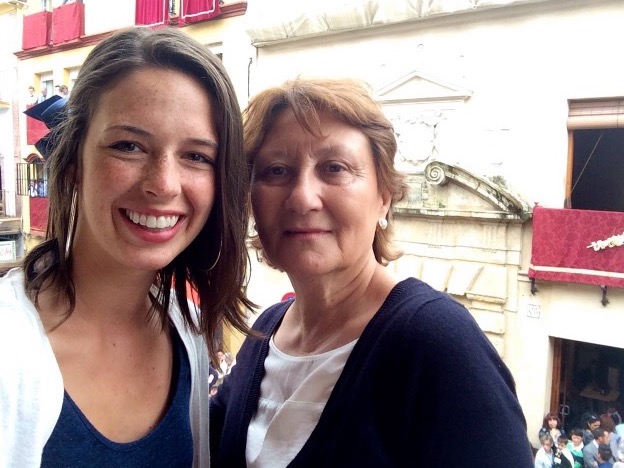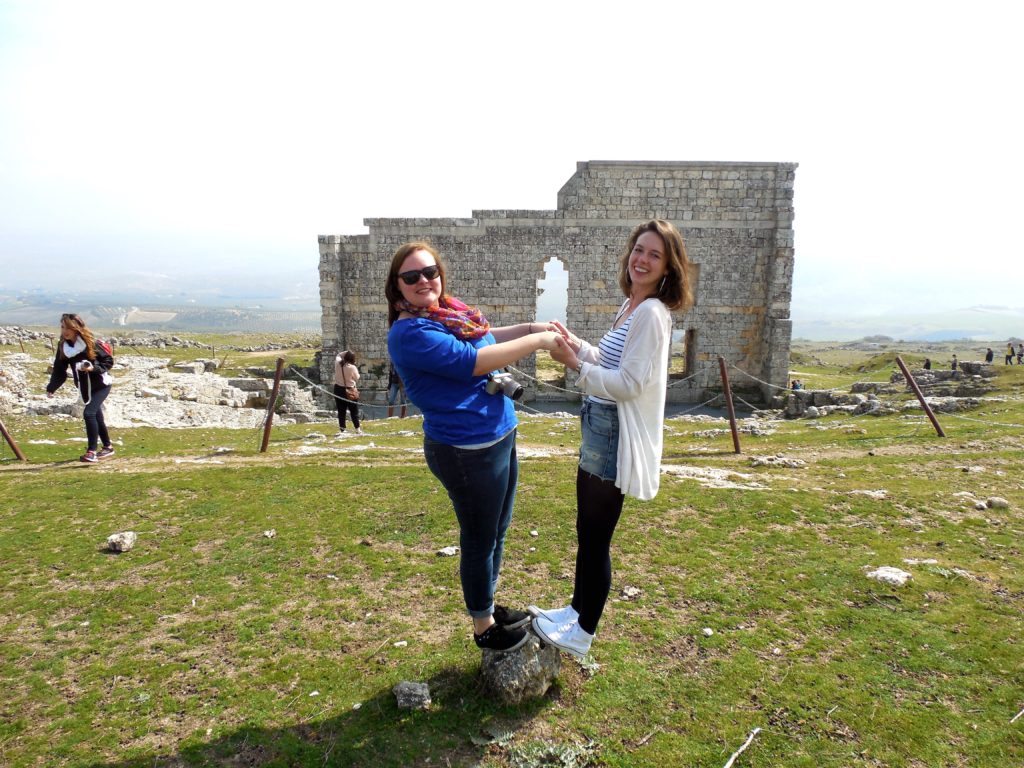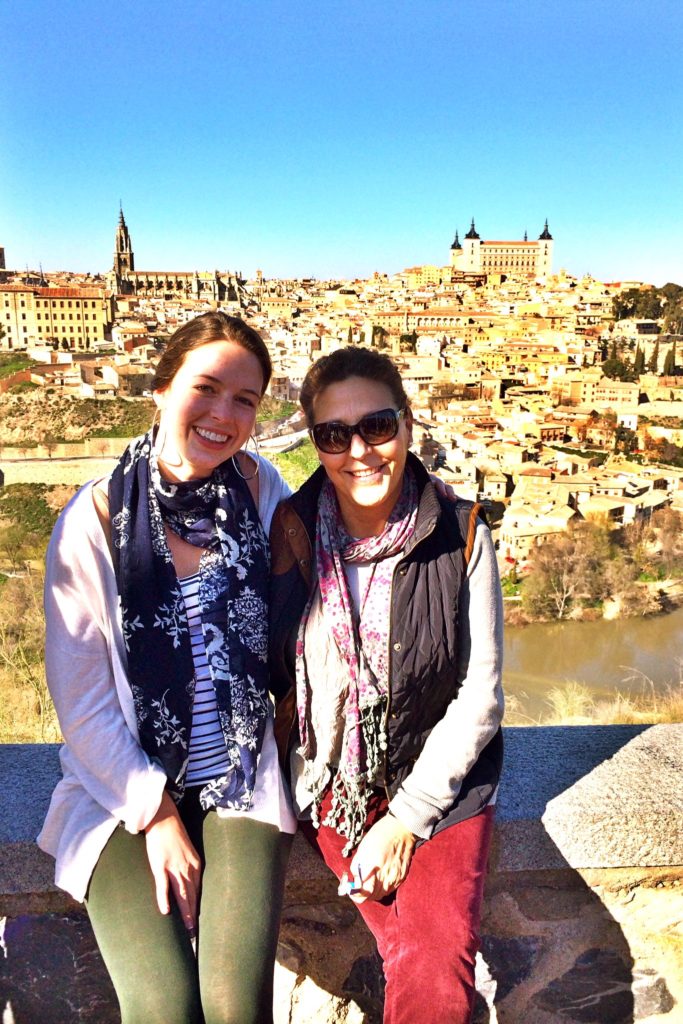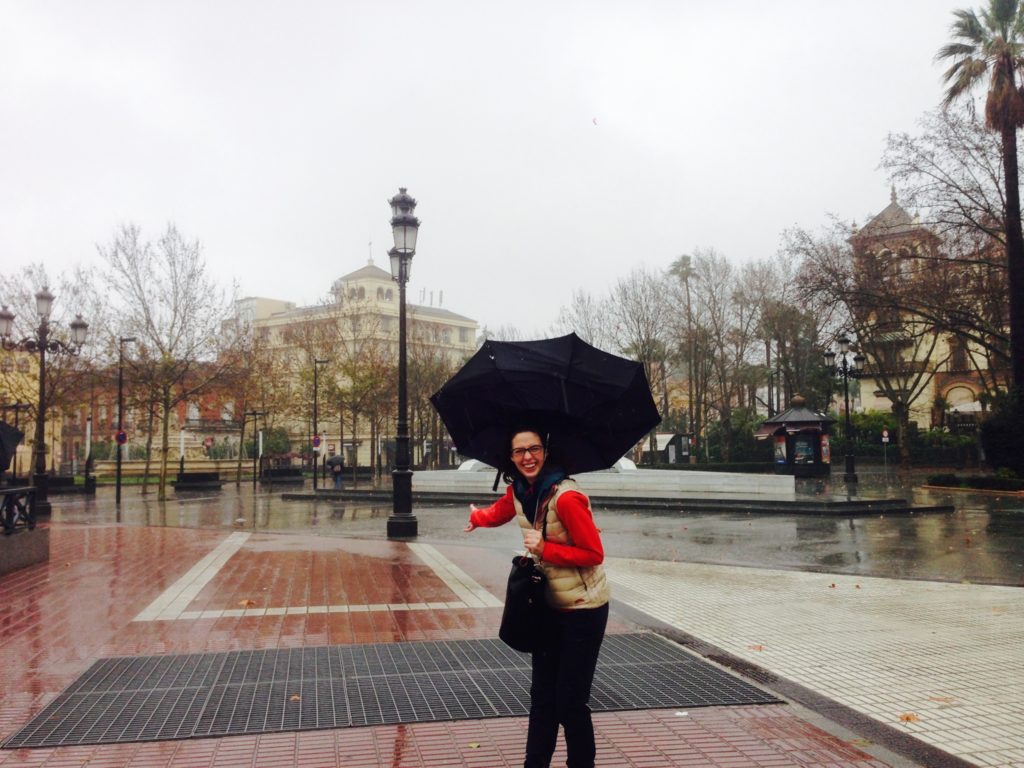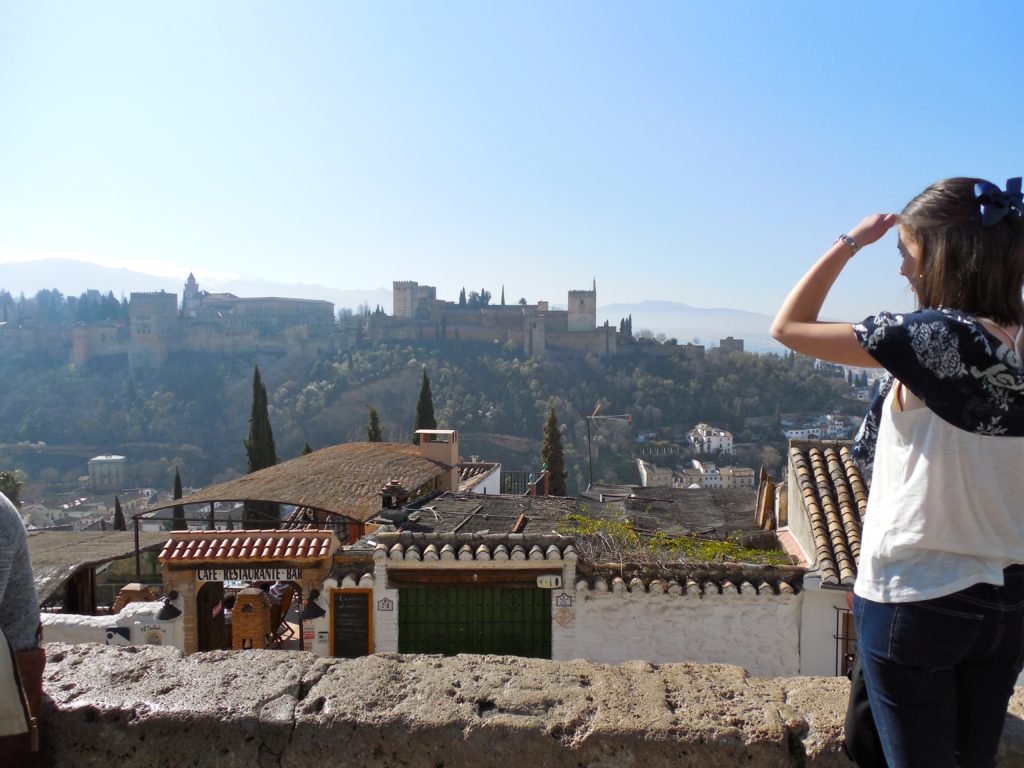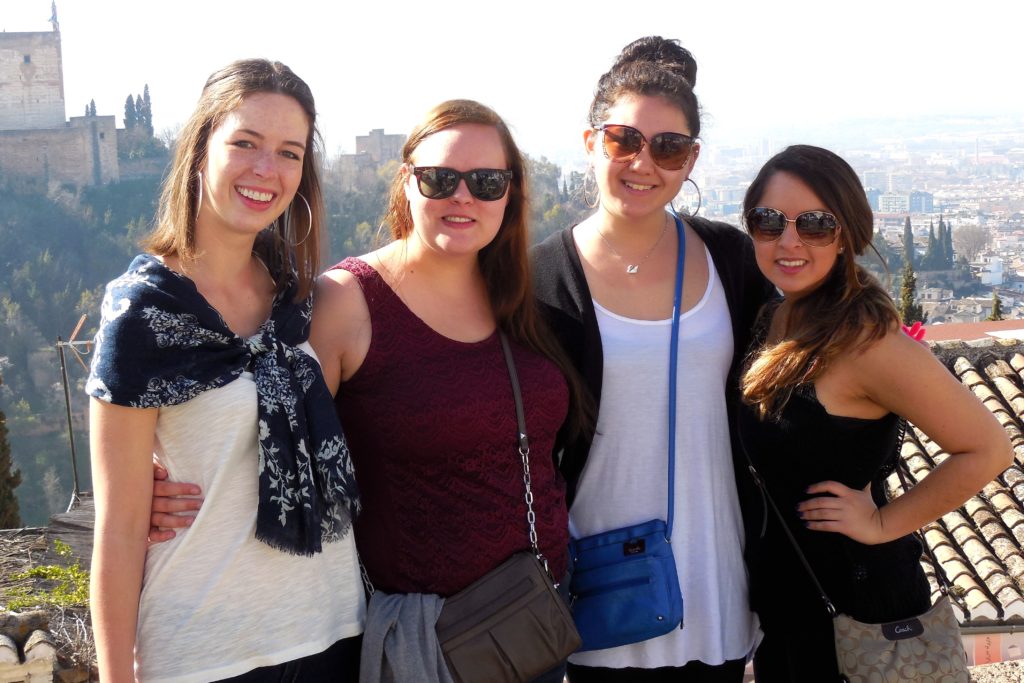In the spring of 2014 I had the immense privilege to study abroad in Seville, Spain (or more affectionately known to me in its native tongue as Sevilla). This would be my first visit to Europe, my first experience with the anatomical wonder of jet lag, and a first in many other things yet unknown. What I anticipated being most meaningful in my time abroad was, in retrospect, elementary. Although mesmerizing, the art and dance and food and architecture in Sevilla were small swatches of color on the greater canvas of my experience. The true genius of my time abroad, what made it a masterpiece were the brushstrokes painted by the people who I came to be known by. Reflecting on those relationships now I appreciate the coincidence, or divine plan, that even as a foreign exchange student abroad I was living in the “be known” promise of George Fox.
The logistical requirements of my semester in Spain were to live with a local host-family and take four classes comprising three hours of instructional study a day, five days a week. As any classic Spanish education would have I took classes in history, art, grammar and literature. The history class of my choosing was titled the Spain of Three Cultures. During the semester we dove into the three cultures of Andalucia–the southern region of Spain in which Sevilla resides. The history of Andalucia has been influenced primarily by Islamic, Jewish and Christian tradition, comprising three distinguished cultures that have shaped the heart of daily life in Sevilla. Just as these three cultures influenced the heart of Sevilla, three relationships in different spheres of my study-abroad experience significantly influenced my time there, and my life thereafter. These relationships impacted me within mi casa, my home, within mi clase, my class, and within la ciudad, the city.
Maricarmen, my host-mom, was the first relationship that took on great importance to me. Our friendship was sealed from the moment Maricarmen welcomed my roommate, Emily, and myself into her home. She seemed as excited as we were! I knew we were kindred spirits when the first thing she did was sit us down to eat for lunch. That was it. For the next four months we’d spend 4-5 hours a day at that white farmhouse table eating together. Meals were long, easy-going, filled with conversation about life–what we were learning, where we came from, our faith and our families. There was never a minute I doubted Maricarmen’s affection for me. She spoke it in her encouragement, her cooking, her care, and ultimately her invitation to be a member of her family–not just an exchange student, but to be called her daughter while I was there. The phrase, “my daughter,” in Spanish is special. In Spanish the two words translate to “mi hija.” However, because words often flow together the words are not spoken as two, but rather as one “mija.” It’s as if, to be one’s daughter (or son), is the most intimate of identities and so there is no separating the distinction of ownership in the word “my” with the identity of the child as “daughter.” They are one. Maricarmen, in every way, became like a mother to me, even addressing me as mija.
The second relationship was that with my professor of both Spanish art-history and advanced grammar, Carmen. She is singularly the most engaging professor I’ve ever had to this day. No one has ever inspired me to want to learn as she did. Her classes were the most challenging, demanding full attention and constant participation. For Carmen, to relinquish participation as a student was to relinquish your education. She never said this, but I believe that in her eyes learning could only preserve its integrity as much as the learner preserved their passion for learning. At the beginning of the semester she urged the class, “que sean constantes y curiosos.” The intention of the statement, though not the literal translation being, don’t ever stop learning . Because of her guidance I was able to fully appreciate and positively utilize the freedom offered in my study abroad program. With only three hours of formal instruction a day we had long, unscheduled blocks of time. For Carmen, the philosophy of this being that the city was just as much an instructional center as the classroom, but more complexly an experiential learning environment. We were there to experience the city as the training center; the classroom was merely the chalk talk session with the coach.
The city brings me to the third influential, and most slowly developed relationship fostered in Sevilla. Everyday after class my roommate Emily and I would walk to Café y Te, a coffee shop just across the plaza from the school to do our studying. The first day we sat in a red leather booth next to a window looking onto the plaza. The server took one look at us and knew we were not locals. She took our orders, not returning our smiles or pleasantries. We had been forewarned that customer service looked different in Spain than in the States, and it was apparent that we were not going to be friendly. As Emily and I continued to regular Café y Te we started to see a change in our server. One day we asked her name: Cremena. Another we asked about her time in Sevilla: Eight years. Later we asked about her family: She came to Spain from Bulgaria, leaving much of her family behind to find better work for herself. She had since married a Spaniard. What started as a cold shoulder transformed into a beautiful friendship. We’d laugh, tease and once in a while she’d even help me with my grammar studies. Cremena, who began a stranger, had become a friend. Upon saying our goodbyes she told us the shop just wouldn’t be the same. Our response to her was if she gave the next regulars half a chance, it might come close.
Just as the influence of three religious cultures forever impacted the heart of Sevilla, so the influence of three people in Sevilla has forever impacted me. One of the many meaningful conversations I had with Maricarmen, sitting just us two at the table after lunch, was about her conversion to Christianity ten years prior. I had so many questions for her. As someone wrestling with my own faith, I wanted to know why she had changed her belief system and the religious structure of her life. How had she come to that change of heart? She told me affectionately, “Mija , ¿Preferirías creer en un dios que te requiere ganar tu lugar con él? ¿O preferirías creer en el Dios que te recibe con brazos abiertos?” “ My daughter, would you rather believe in a god who requires that you earn your place with him? Or would you rather believe in the God who receives you with open arms?” I understood immediately who I would choose every time because of how she, and Carmen, and eventually Cremena had received me for those four months with open arms.
Thank you.


